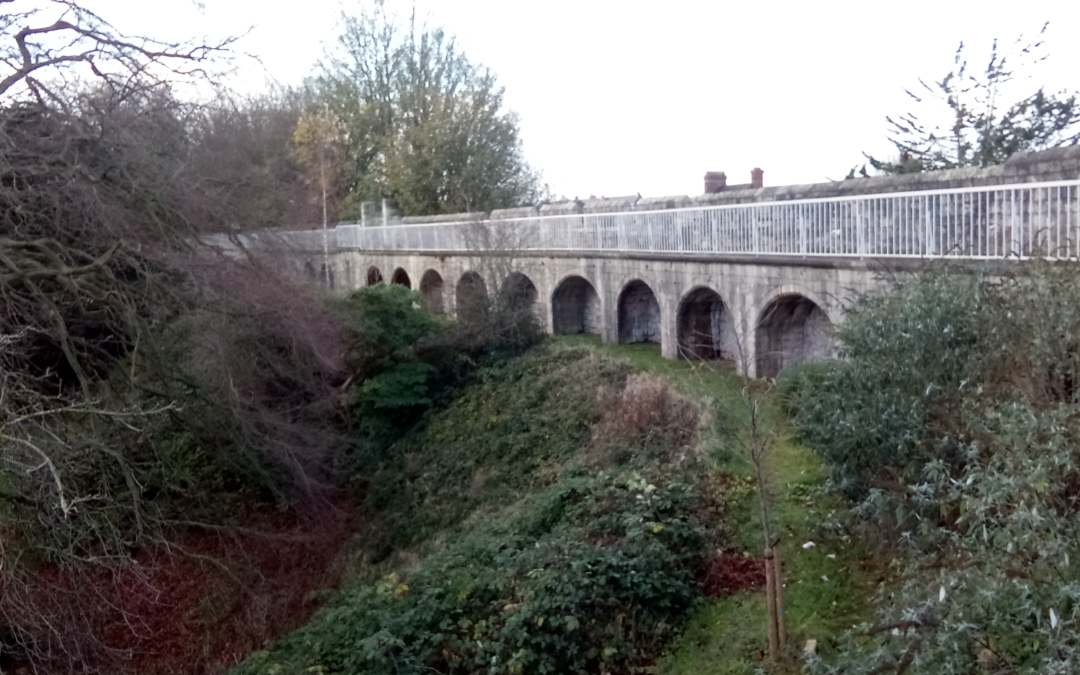Our four main ‘Bars’ are gateways or barriers so the Bar Walls are the walls that run between the gateways. At nearly two miles York’s medieval City Walls are the best in England. The circuit is virtually complete; only where the wall should join Bootham Bar is a little bit missing, taken down deliberately to accommodate growing coach and cart traffic. The saviour of all the rest is really William Etty – notice his statue in Exhibition Square – who led a campaign to preserve York’s medieval heritage when other towns like Norwich, Coventry and Beverley were happily destroying theirs. As a result of his efforts a proper walkway was constructed in Victorian times.
The most scenic stretches run from Micklegate Bar (where traitors heads once hung from spikes) to Lendal Bridge and then Bootham Bar to Monk Bar by the Minster.
Beautiful cream stones and glorious views belie the problems successive city authorities faced. In medieval times, rubbish was frequently dumped in the moat and there was a riot by stonemasons ending in a murder when the Red Tower was constructed from brick by the bricklayers! More recently, so much tall traffic kept getting stuck in the Barbican tunnel approaching Walmgate Bar that it had to be closed and, frustratingly, the continued existence of the Walls prevents easy motorised access for essential deliveries and visits.
Despite scenes of Scottish triumph in ‘Braveheart’ and a siege of the city in the Civil War in 1644 the Walls were never breached and most of the time their original defensive purpose was replaced by the image they gave to outsiders of a stable northern city well governed, loyal to the Crown and worth trading with. At night, strangers could be kept away and in the daytime the Guilds could ensure market traders had to pay tolls to sell in their protected markets and check who was visiting!
Contributed by Louise Fawn – Blue Badge Guide


